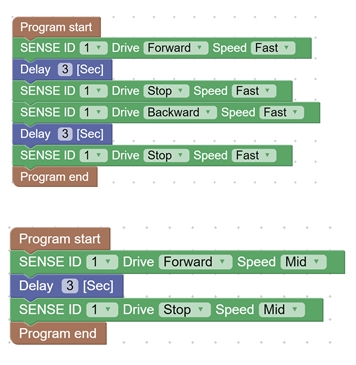Sense FAQ
Sense
Sense is a robotic and computer programming system which allows users to explore, problem solve, and advance their computer programming abilities from just starting in visual block programming, to Python and C languages.
Please click here if this helped you.
29 people found this helpful.


















